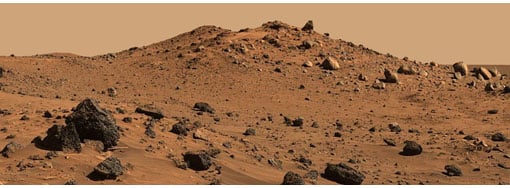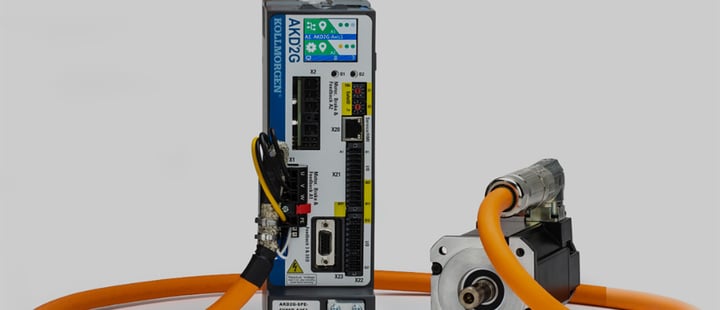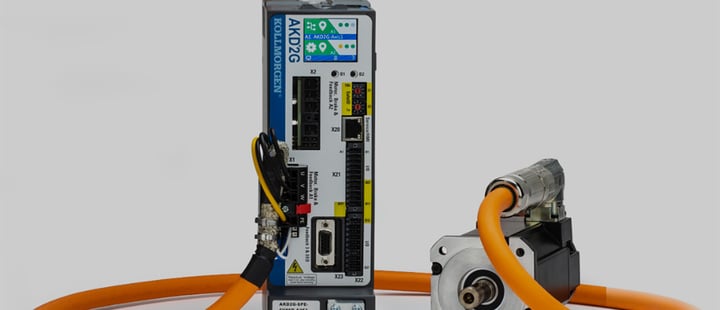In the eighth year of its Mars expedition, the Mars rover Opportunity has found evidence that water once existed on Mars. According to briefings by NASA, in late 2011 the rover found a vein of a notably light colored mineral – apparently gypsum – deposited by flowing water.

For scientists, the gypsum deposits found by Opportunity on Mars are a sensation. They are convinced that the discovery proves that water once flowed at this site. On its way through the desolate Meridiani plane, the rover came across the light colored streaks in the ground by chance. An analysis of the minerals should help scientists better understand the geological history of Mars. Billions of years ago, the atmosphere on Mars was significantly denser; evidence indicates that there was once water in abundance on the surface of the planet. Today, the atmosphere is too thin to allow water to exist in liquid form.
Eight years breaking new ground… In January 2012, Opportunity will celebrate its eighth birthday on the Red Planet. Originally, the mission was planned to last just 90 days. Since January 25, 2004, the rover has been exploring Mars on behalf of NASA. Opportunity has covered approximately 35 kilometers and, in the process, transmitted almost 162,400 images of the surface and the atmosphere of the Red Planet to the mission control center in Pasadena, California.
… with maxon motors Motors manufactured by maxon motor ensure that the Mars rover is able to safely navigate the surface of Mars. A total of 39 DC motors by maxon motor are at work in Opportunity, and they continue to diligently carry out their tasks. The precision drives are used to drive the robotic arm, the Rock Abrasion Tool (RAT), the camera operation, and the control mechanism for the six wheels that propel the 180 kilogram vehicle, 1.6 meters long and 1.5 meters high, across the surface of Mars.
Standard and special motors The motors are largely standard products with diameters of 20 to 25 millimeters and an efficiency of over 90 percent. Minor modifications were necessary to adapt the motors for the harsh environmental conditions: the temperature on Mars can fluctuate from approx. -120 degrees Celsius to 25 degrees Celsius. In addition, the motors had to withstand the special conditions during the voyage to Mars. And the atmosphere, which largely consists of carbon dioxide, is also a very special environment for the high-precision motors. Originally, two rovers were active on Mars; however, since March 2010, NASA has been out of contact with Opportunity’s twin, "Spirit." A next-generation rover is already on the way to resume where Spirit left off: "Curiosity," a space lab launched by NASA in November, is scheduled to land on Mars in August 2012.
maxon motor ag Brünigstrasse 220 6072 Sachseln Switzerland Phone +41 41 666 15 00 Fax +41 41 666 16 50 www.maxonmotor.com





















